Best Timing for Concrete Repairs

Ways to make Concrete Repairs work in tight or awkward layouts.
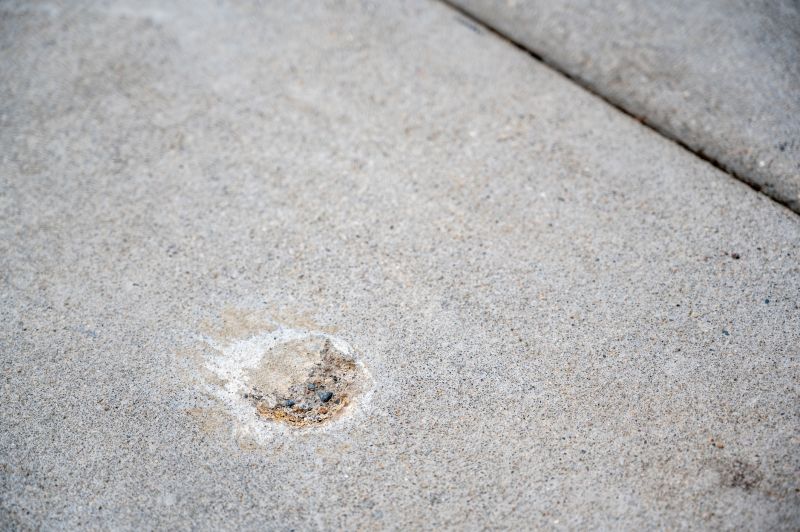
Popular materials for Concrete Repairs and why they hold up over time.
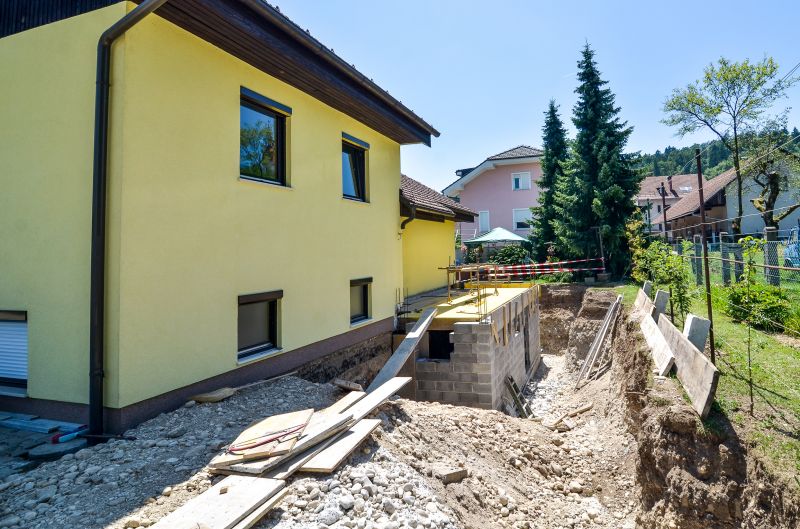
Simple add-ons that improve Concrete Repairs without blowing the budget.
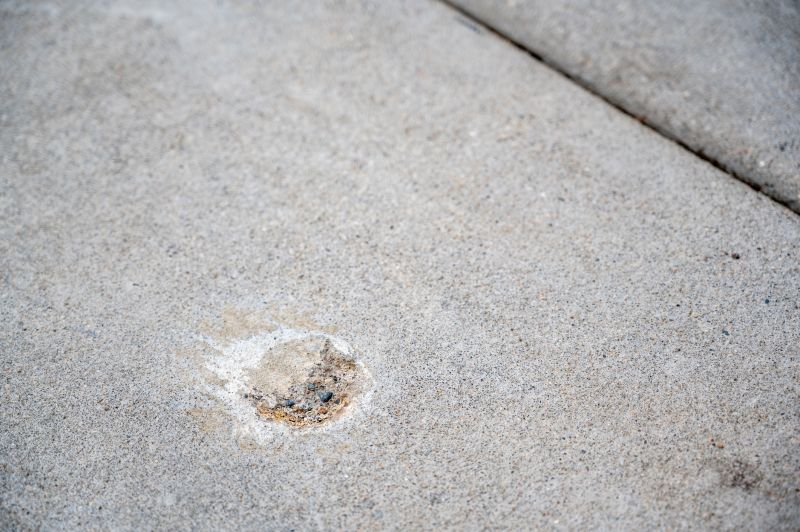
High-end options that actually feel worth it for Concrete Repairs.
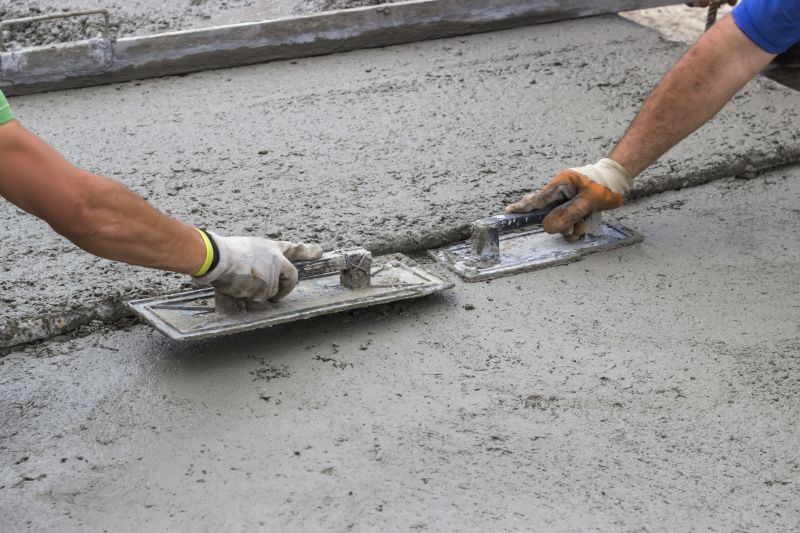
Finishes and colors that play nicely with Concrete Repairs.
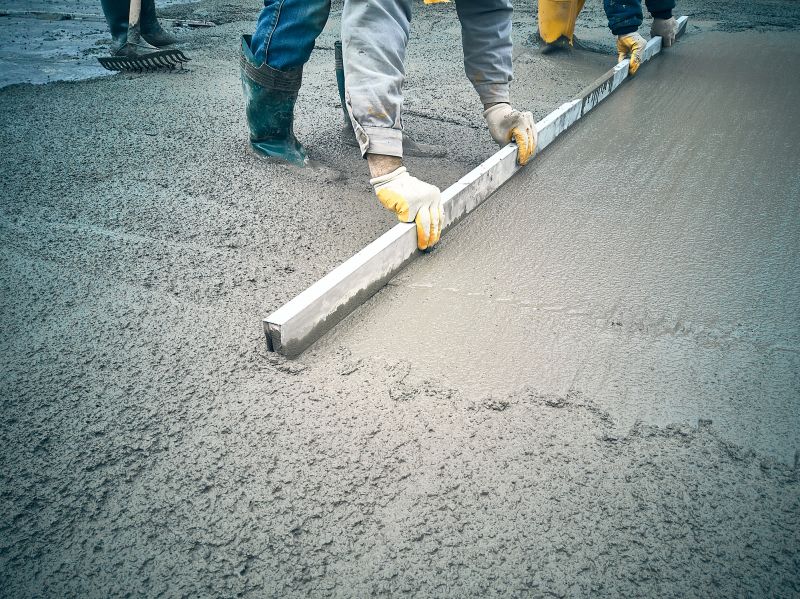
Little measurements that prevent headaches on Concrete Repairs day.
Concrete repairs are essential for maintaining structural integrity and aesthetic appeal. The timing of repairs significantly impacts their effectiveness, with optimal conditions ensuring longer-lasting results. Proper scheduling minimizes the risk of cracks, spalling, and other damages that can worsen over time.
Statistics show that performing concrete repairs during favorable weather conditions can extend the lifespan of the repair by up to 50%. Temperature and moisture levels are critical factors; ideal temperatures range from 50 to 85 degrees Fahrenheit, with low humidity levels reducing curing issues. Repairing during extreme weather can lead to poor adhesion and premature failure.
Spring offers moderate temperatures and low precipitation, making it suitable for concrete repairs.
Warm weather and longer daylight hours facilitate proper curing and setting.
Cooler temperatures and dry conditions help ensure durable repairs.
Cold temperatures can hinder curing; repairs are best postponed unless heated enclosures are used.
